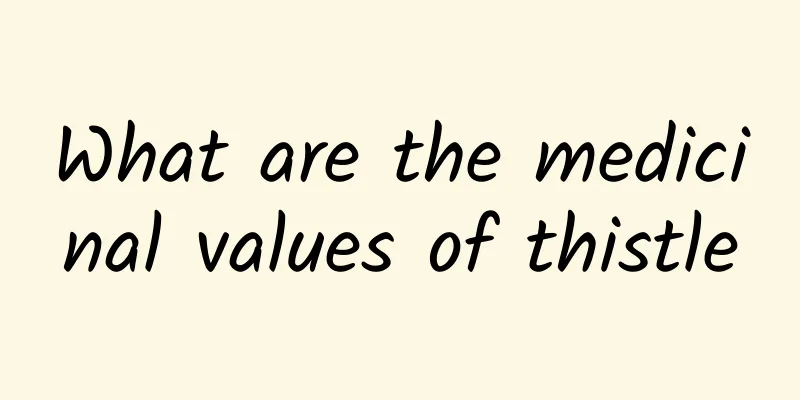The efficacy and function of Swertia winged

|
Pterygoscelis is a common medicinal material in traditional Chinese medicine. So what are the health benefits of Pterygoscelis? In what aspects of daily life is Pterygoscelis widely used? Let’s take a brief look at Pterygoscelis. 【Other name】 Four-angle grass [Source] Medicinal material source: the whole herb of Swertia villosa of the Gentianaceae family. [Original form] Annual herb, 30-100cm high. Root yellow-brown. The stem is quadrangular, with broad wings on the ridges and branches on the upper part. Leaves are opposite; with short petioles; leaf blades are elliptic, narrowly elliptic to lanceolate, 1.5-7.5cm long, 0.4-2.3cm wide, with smaller leaves on the upper stem and gradually narrowing at both ends; there are 1-3 veins, which are obviously protruding at the bottom. The inflorescence is paniculate and spreading; the pedicel is erect, 0.5-2cm long; the calyx is green, leaf-like, longer than the corolla, 4-lobed, the lobes are linear-lanceolate, gradually pointed at the apex, and the midrib is protruding on the back; the corolla is yellow-green, up to 1.8cm in diameter, 4-lobed, the lobes are elliptical, obtuse at the apex, with a small tip, purple-red reticulation above the middle, and a semicircular glandular crypt at the bottom, with short tassels on the edge of the upper half of the glandular crypt, and a semicircular membrane covering it at the base; there are 4 stamens, and the filaments are linear, about 5mm long; the ovary is ovate, sessile, and the style is short and obvious, the stigma is 2-lobed, and the lobes are semicircular. Capsule ovate, sessile, 6-9mm long. The seeds are oval, dark brown, and have a foamy surface. Flowering and fruiting period is from September to December. [Habitat distribution] Ecological environment: Growing on river beaches, hillsides, under sparse forests, and in thickets at an altitude of 460-2700m. [Chemical composition] The whole plant contains swertianin, methylswertianin, 1,7-dihydroxy-3,8-dimethoxyxanthone (gentiacaulein), decussatin and oleanolic acid. 【Nature and flavor】 Bitter; Cool 【Functions and indications】 Clears away heat and detoxifies; promotes blood circulation and regulates menstruation. Mainly used for jaundice, hot flashes, diarrhea, and irregular menstruation [Usage and Dosage] For oral use: decocted in water, 3-10g. 【Excerpt】 Chinese Materia Medica The above is a detailed introduction to the Chinese medicinal herb Acanthus flavus. We can eat it according to our own needs. I believe there will be improvements after a period of time. It is indeed a good choice. |
<<: The efficacy and function of a medicinal root
>>: The efficacy and function of goldenrod [picture]
Recommend
The efficacy and function of Sansho root
Traditional Chinese medicine often has unexpected...
Geckos' superpower of "regenerating severed limbs" inspires human "regenerative medicine"
Do you still remember the little gecko who lost h...
National Hypertension Day | You must not know these 5 misunderstandings about lowering blood pressure
Hypertension is the most important risk factor fo...
Three or four times a night, accidentally becoming a "night owl"? Experts: No more than this number is normal
How many times a night do you do this? When I was...
The efficacy and function of iron leaves
Leaves are very common to us, but leaves are not ...
Chinese herbal medicine for promoting blood circulation
The main Chinese herbal medicines for dredging th...
Effects and functions of Celastrus orbiculatus root
Do you know the root of Celastrus orientalis? It ...
The efficacy and function of snapdragon
The development of Western medicine has brought s...
Do you want to soak lily?
Patients with rhinitis should never smell lilies,...
Do you remember the "fish astronauts" who "took" the Shenzhou 18 to space? They are expected to "go on a business trip" to space again this year
Do you remember the four zebrafish that "rid...
What are the effects of Artemisia
Due to geographical reasons, I have never seen wh...
Why does uric acid still rise after quitting drinking and eating less high-purine foods? This ingredient in food has been overlooked!
Hyperuricemia is a metabolic disease caused by pu...
The "diving" cooling is coming! Doctors remind you to protect these 5 parts of your body!
Some time ago, the temperature soared in many pla...
The efficacy and function of iron railings
Iron railings are a famous traditional commonly u...
Dosage of scutellaria baicalensis
There are farms for the herb in many areas of our...









